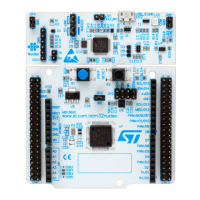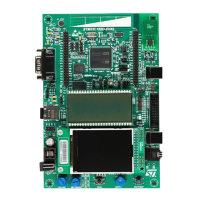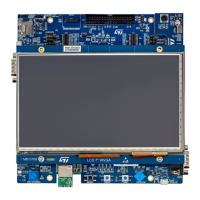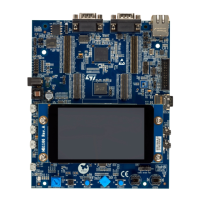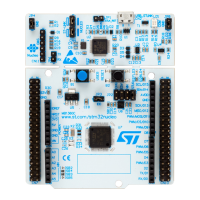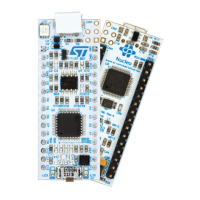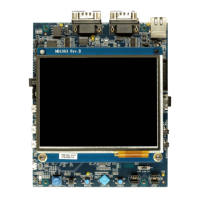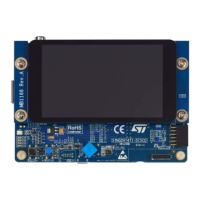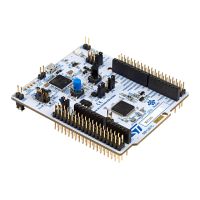Kernel description UM2222
12/76 UM2222 Rev 2
3.3 Kernel processes and tasks
The kernel is composed of a main task and software timer scheduled by FreeRTOS through
the CMSIS-OS wrapping layer:
• GUI thread: this task initializes the demonstration main menu and then handles the
graphical background task when requested by the STemWin.
• Software timer: managing periodically (each 30 ms) the touch screen state.
Note: For the STM32H747I EVAL and DISCO board demonstrations, the interrupt handles
the touch screen event.
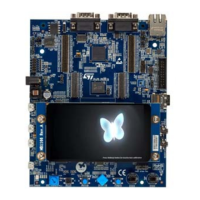
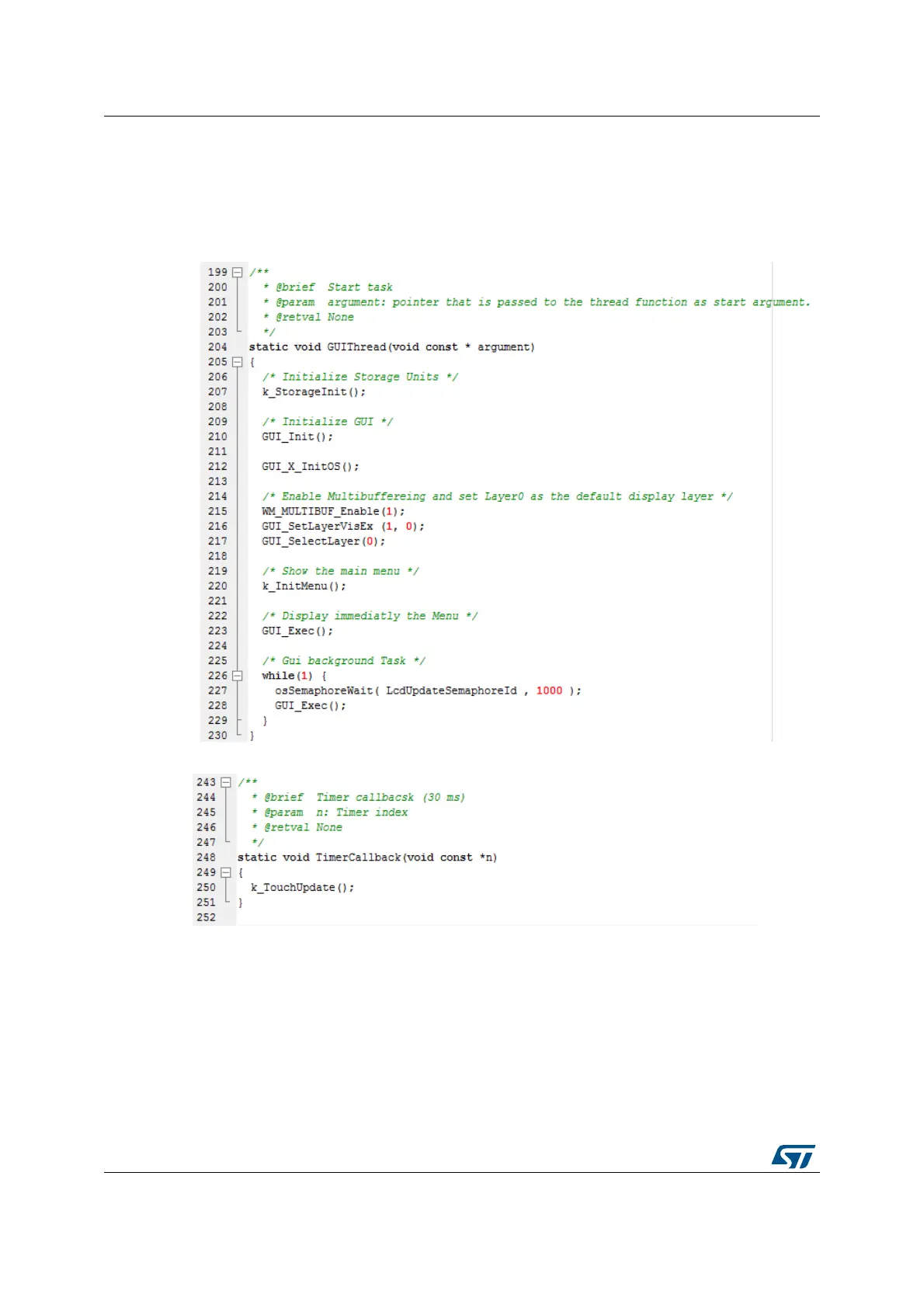